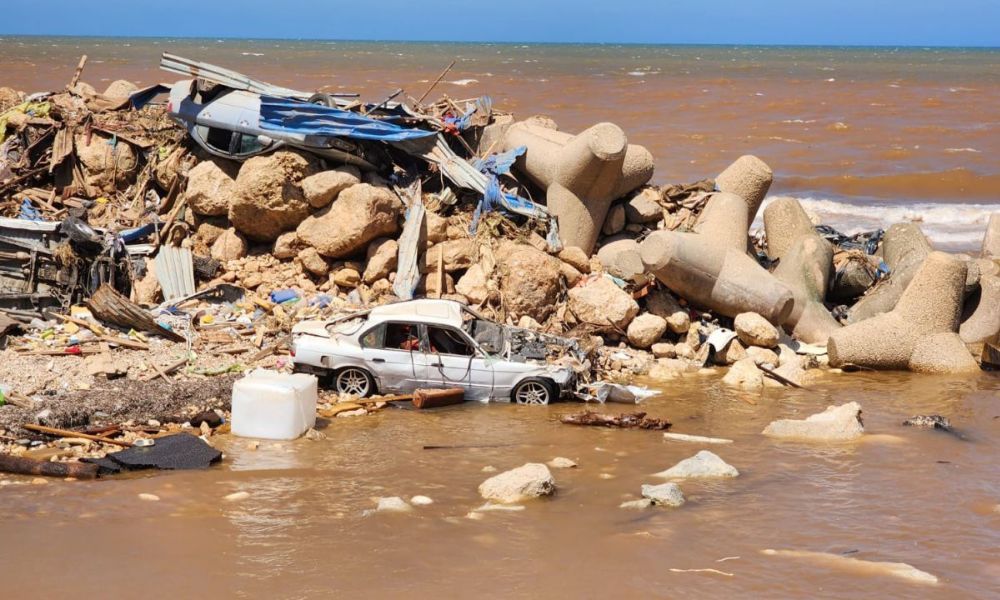
On September 4, 2023, Storm Daniel, a Mediterranean tropical-like cyclone, made landfall in Libya.
The storm brought heavy rainfall to the region, which caused two dams to collapse and sent floodwaters surging through the city of Derna.
The Libya floods were a devastating event, killing over 5,000 people and displacing tens of thousands more.
Entire neighborhoods were swept away, and infrastructure was severely damaged.
The floods also caused a humanitarian crisis, as many people were left without food, water, or shelter.
In this blog post, we will examine the impact of the Libya floods, including the human, economic, and environmental impacts.
|
Are you a Tax Lawyer in USA? |
We will also discuss the lessons that can be learned from the floods and the steps that can be taken to reduce the loss of life and property in future events.
The Libya floods are a stark reminder of the devastating impact that extreme weather events can have on vulnerable communities.
As climate change continues to fuel more extreme weather events, it is important to invest in adaptation and resilience measures to protect people and infrastructure from harm.
The Libya floods of September 2023 were a devastating event that had a profound impact on the country.
The floods were caused by Storm Daniel, a Mediterranean tropical-like cyclone that brought heavy rainfall to the region.
The rains caused two dams to collapse, sending floodwaters surging through the city of Derna.
The impact of the floods was devastating. Over 5,000 people were killed, and tens of thousands more were displaced.
Entire neighborhoods were swept away, and infrastructure was severely damaged. The floods also caused a humanitarian crisis, as many people were left without food, water, or shelter.
In addition to the human cost, the floods also had a significant economic impact on Libya.
The damage to infrastructure is estimated to be billions of dollars, and the floods disrupted key economic sectors such as agriculture and tourism.
The Libya floods are a stark reminder of the devastating impact that extreme weather events can have on vulnerable communities.
As climate change continues to fuel more extreme weather events, it is important to invest in adaptation and resilience measures to protect people and infrastructure from harm.
Here is a more detailed look at the impact of the Libya floods:
The Libya floods are a wake-up call to the international community.
We need to do more to help vulnerable communities adapt to the impacts of climate change.
We also need to invest in early warning systems and disaster preparedness measures to reduce the loss of life and property in future events.
The Libya floods are a tragedy, but they also offer an opportunity to learn and improve.
By investing in early warning systems, disaster preparedness measures, and climate change adaptation, we can help to reduce the loss of life and property in future events.
The Libya floods of September 2023 were a devastating event that had a profound impact on the country.
The floods killed over 5,000 people, displaced tens of thousands more, and caused billions of dollars in damage to infrastructure.
The floods also had a significant impact on the Libyan economy and environment.
The Libya floods are a wake-up call to the international community.
We need to do more to help vulnerable communities adapt to the impacts of climate change.
We also need to invest in early warning systems and disaster preparedness measures to reduce the loss of life and property in future events.